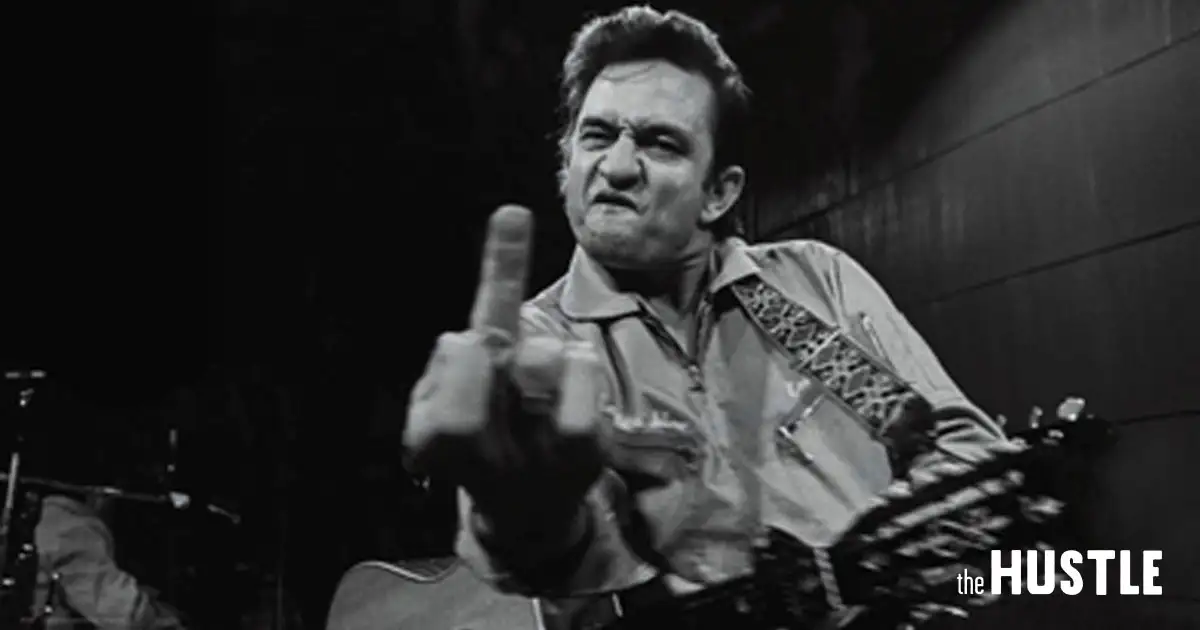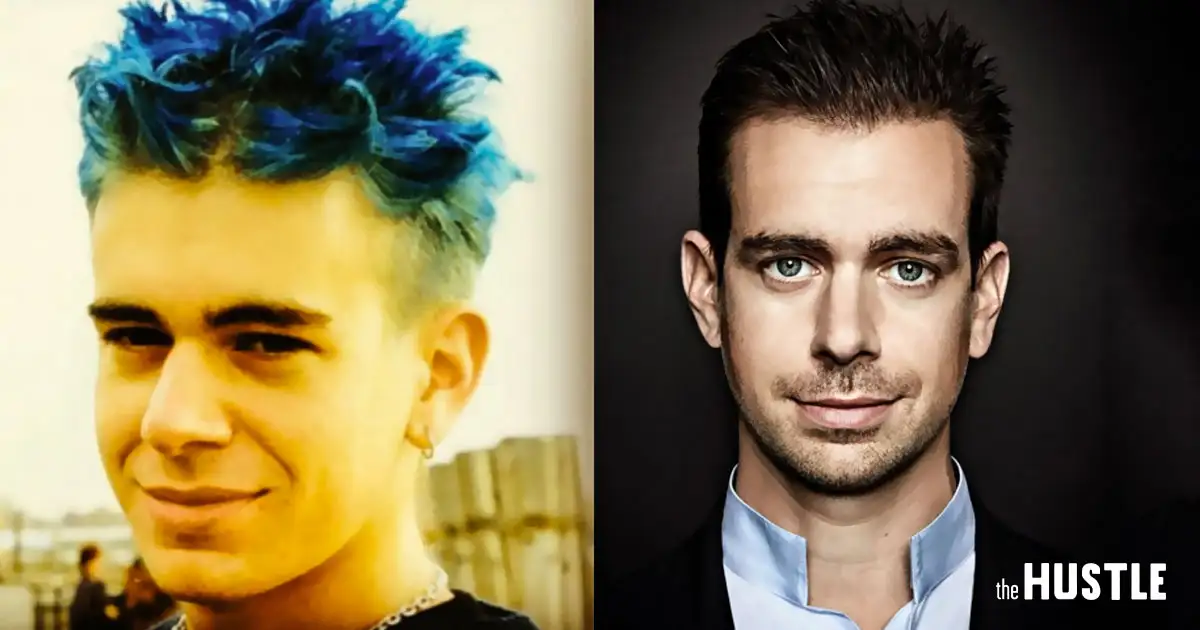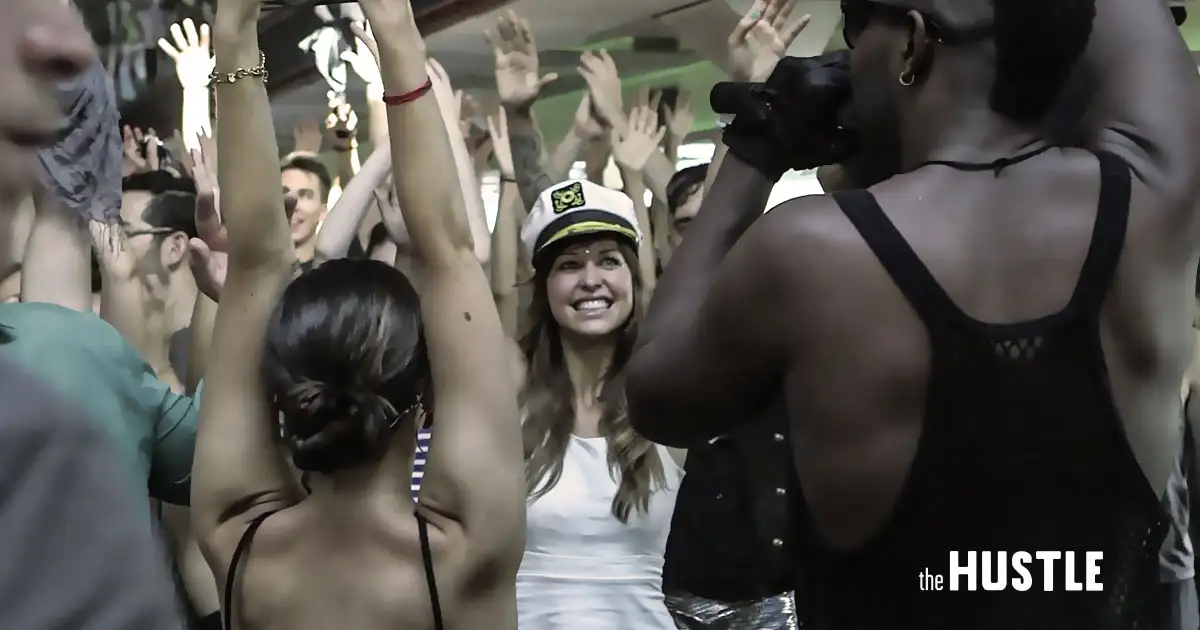As we’ve learned firsthand, growing a media company is really tough. The hardest part? Consistently coming up with interesting content ideas that people love.

So, to learn from the best, we wanted to figure out how Saturday Night Live has spent the last 40 years coming up with amazing shows week after week.
Here’s Mike Wilhem’s answer from a question on Quora.
The short answer
Monday – Pitch meeting with the show’s cast, writers producers and the host. The host generally has the most say and input in what sketches they want to be in.
Tuesday – Writing day…all day and, probably, night. Meanwhile, the producers meet with the musical guest to go over which songs to sing.
Wednesday – Read-through of all the scripts, separating the weak from the strong. The strong are fast-tracked while the weak are killed off.
Thursday – Rehearsal and a bunch of rewrites.
Friday– Sketch writers work with set builders, costume designers and musicians trying to make their ideas come to life.
Saturday – Lots of dress rehearsals where last minute decisions get made.
The Long Answer
Monday
Production on an SNL episode will normally start on a Monday with a free-form pitch meeting between the cast, writers, producers including Lorne Michaels, and the guest host, in Michael’s’ office, over two hours. The host is invited to pitch ideas during this meeting. Although some sketch writing may occur on the day, the bulk of the work revolves around pitching ideas.
Tuesday
Tuesday is the only day dedicated purely to writing the scripts, a process which can extend through the night into the following Wednesday. Writing may not begin until 8pm on the Tuesday evening.
In an interview with Jason Sudeikis, he explained, “Tuesday folks get in there around, again with ours being much more of a second-shift lifestyle, and maybe I’ve always assumed like a vestige of years when the show was fueled not just by viewership but also cocaine, we get in around 2 (p.m.). I get in around 6. Things start much later. Tuesday night is our writing night. People stay as late as 4 a.m. to as late into the next day, which our read-through is usually around 2:30 (p.m.) on Wednesday. The pieces just have to be in and formatted by our script department, and people will literally stay there and sleep on their couches and go to sleep for four hours, wake up and write something, and you can usually tell in a delightful way.”
Scott Bodow, former head writer of The Daily Show with Jon Stewart, asked Sudeikis: “I’ve always heard, I’ve always understood that that’s how SNL operates. I’ve always wondered: Is that productive or just sort of by tradition?”
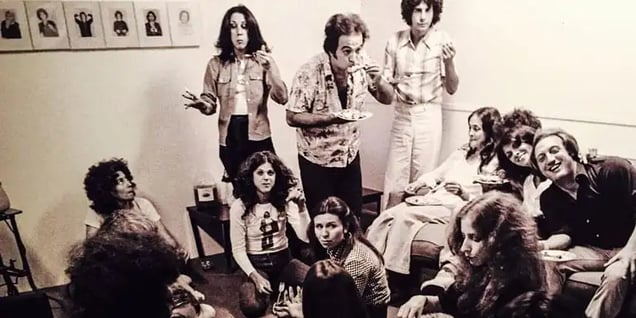
Sudeikis: “Yeah. I think it is, I guess both. But I think it is ultimately by tradition. I think if someone showed up at 9 a.m., wrote two kick-ass pieces, and left at fucking 10 a.m., they’d be fine! If they wrote ‘Schweddy Balls’ and ‘Farley’s Chippendale Dancer’ and they left at 10 a.m., people would be like, ‘I don’t know where he’s fucking going, but read this!’ I swear to God, I couldn’t see it working out any other way. Because ultimately the idea and the piece is what dominates more than the personality in a lot of cases. We, I do think it adds to kind of that breakneck pace, the mystique a little bit. But I do think it is a vestige of just tradition.
There’s a lot of things there — Lorne has a strong, I believe, I’ve always sensed, a strong belief in hiring people for their first television job there, because there are so many things that are done there that are counterintuitive to people that have worked other places…
“I think that’s what it is. I don’t know if it’s the best. I’m sure there’s a lot of people, you know, parents at home with children, going ‘It’s not for the best,’ you know. But the people who are there. That’s just how we do what we do.”
Wednesday
At 5pm on Wednesday, the sketches are read during a round-table meeting in the writers room, attended by the writers and producers present during the pitch meeting, technical experts such as make-up artists, who may be required to realize certain sketch ideas such as those using prosthetics, and other producers, resulting in an attendance of approximately fifty people. At this point there may be at least 40 sketch ideas which are read-through in turn, lasting upwards of three hours.
After completion of the read-through, Michaels, the head writer, the guest host, and some of the show producers will move to Michael’s’ office to decide the layout of the show and decide which of the sketches will be developed for air. Once complete, the writers and cast are allowed into Michael’s’ office to view the show breakdown and learn whether or not their sketch has survived.
Sketches may be rewritten starting the same day, but will certainly commence on Thursday, work focuses on developing and rewriting the remaining sketches, and possibly rehearsals.
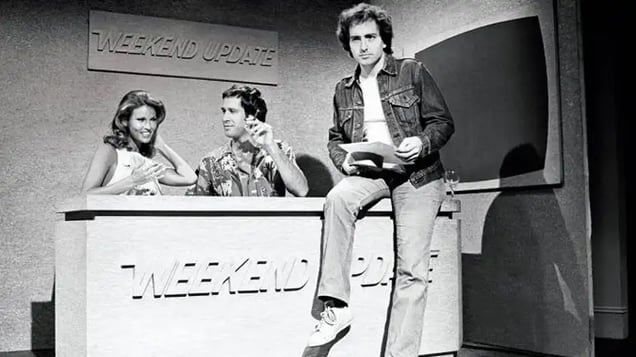
Thursday/Friday
If a sketch is still scheduled beyond Thursday, it is rehearsed on Friday or Saturday before moving to a rehearsal before a live audience at 8pm, again on Saturday before the live show.
After the rehearsal, Michaels will review the show lineup to ensure it meets a 90-minute length, and sketches that have made it as far as the live rehearsal may be removed. This often results in less than two days of rehearsal for the eight to twelve sketches that have made it to the stage that then may appear on the live broadcast.
Saturday
The opening monologue, spoken by the guest host, is given low priority and can be written as late as Saturday afternoon.
According to an interview with Tina Fey in 2004, the three- to four-member dedicated “Weekend Update” writing team will write jokes throughout the week. The host(s) of “Weekend Update” will normally not work with, or read the scripts from, the team until Thursday evening, after the main show sketches have been finalized. The host(s) will then work on contributing to the script where necessary.
Then,
“Live from New York, it’s Saturday Night…”
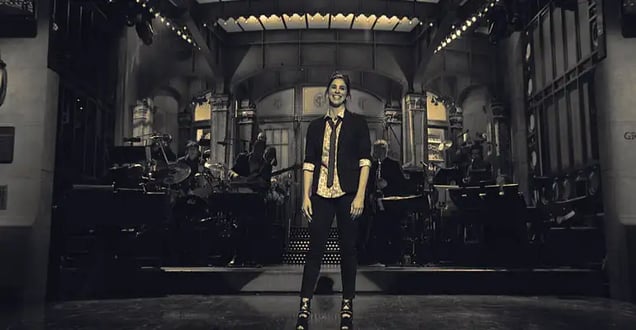
Hidead



